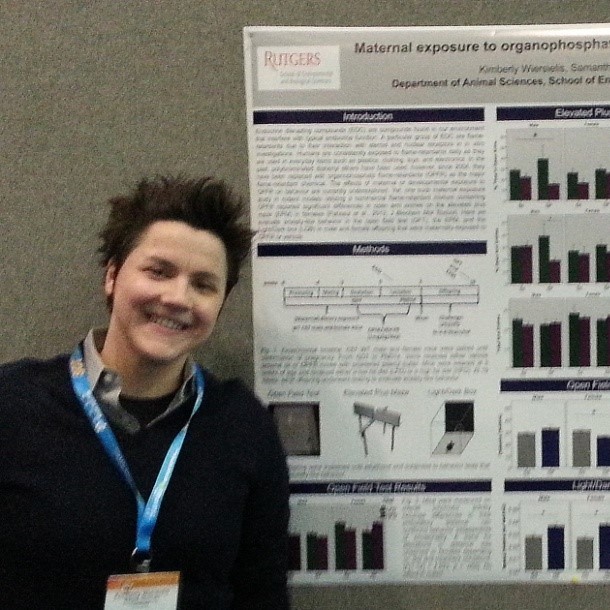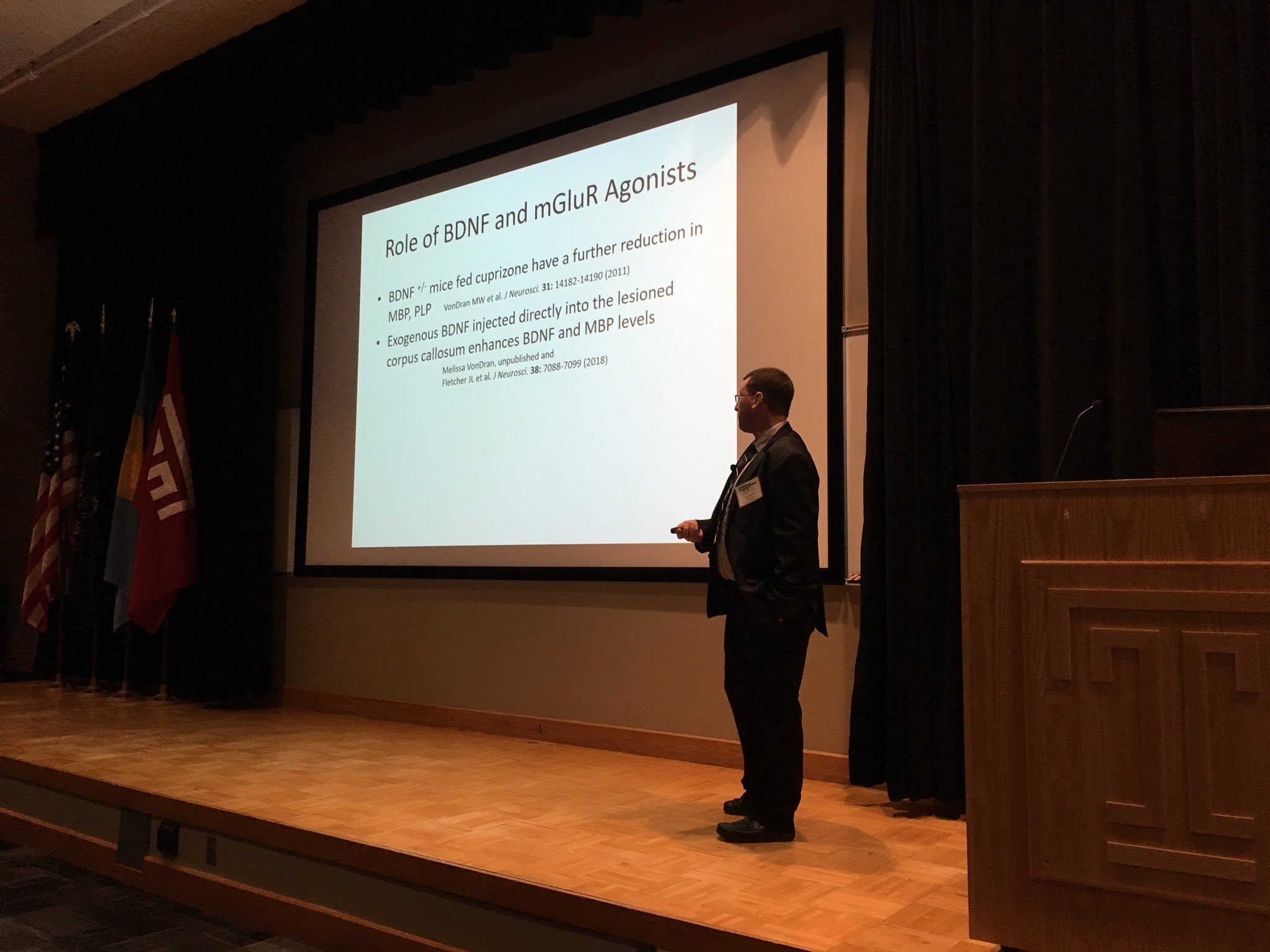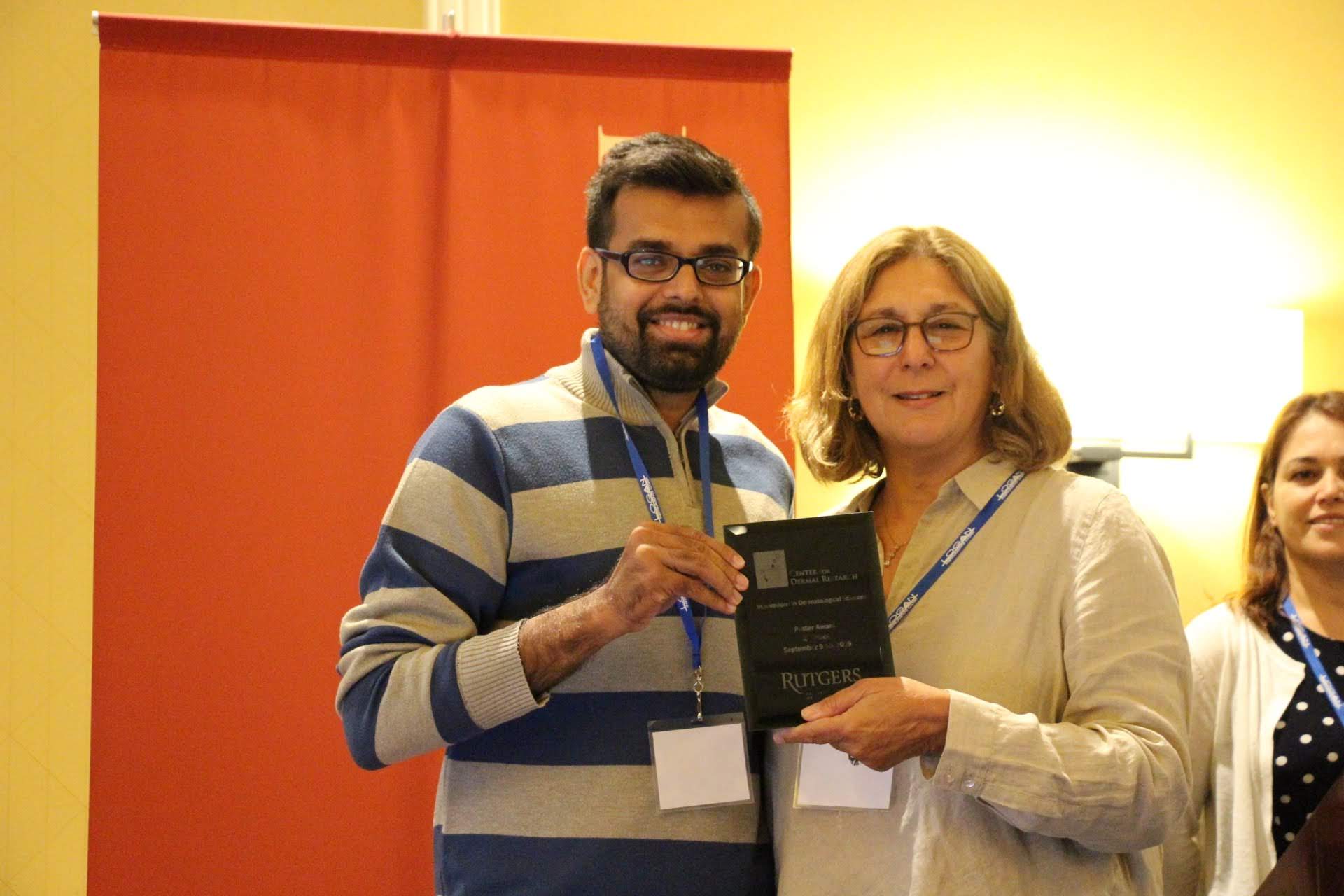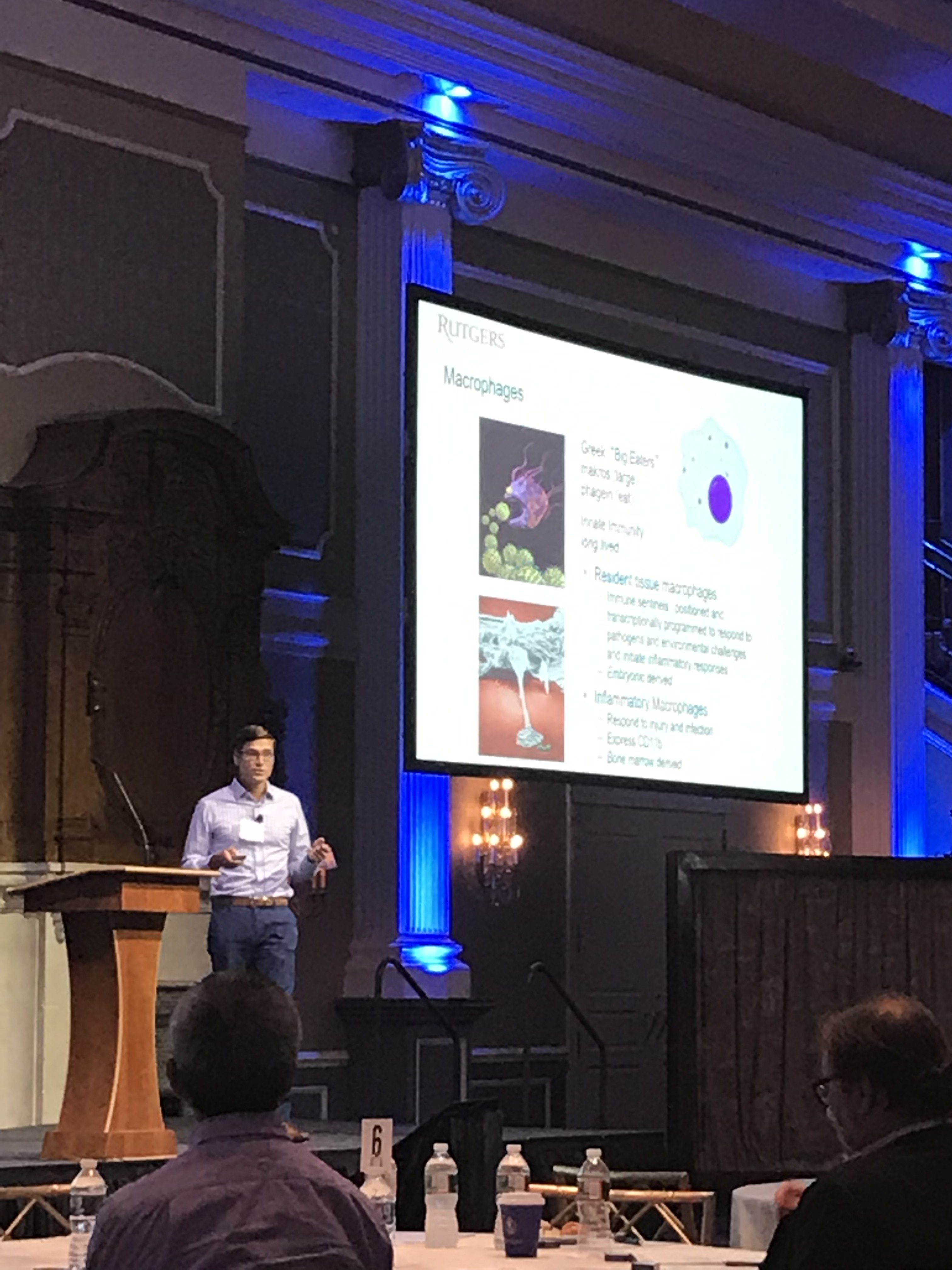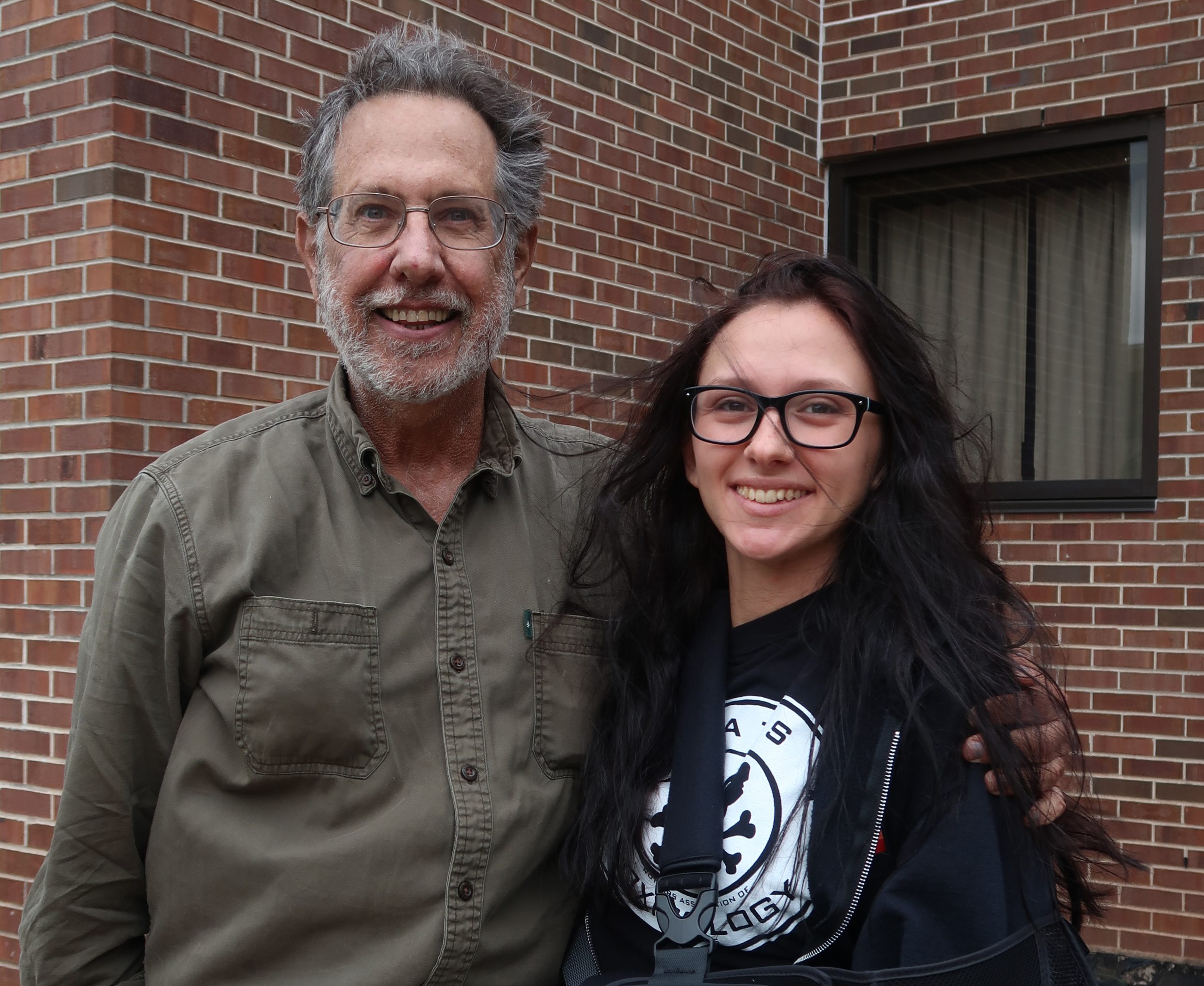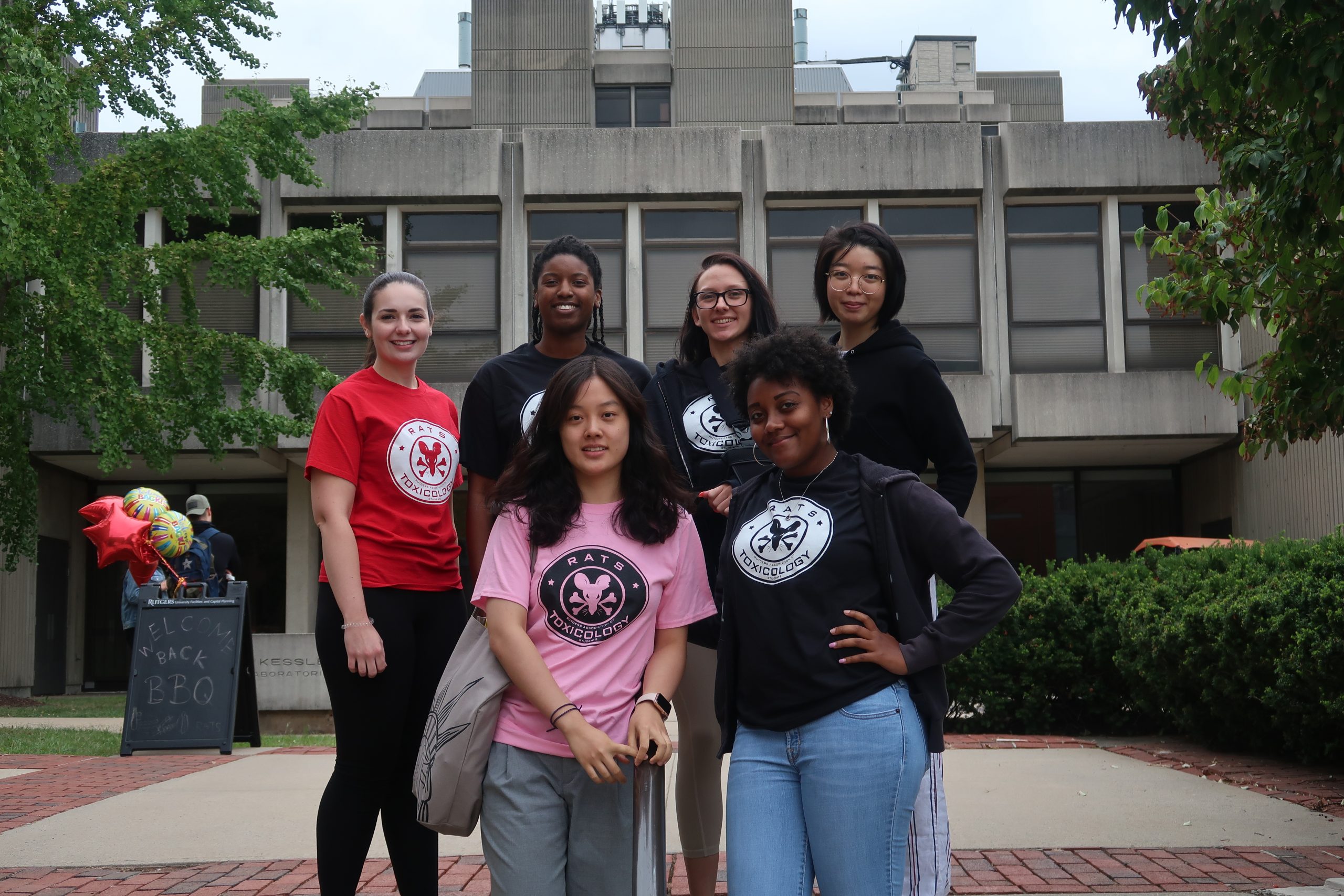
On Oct 24th, JGPT students and postdocs partnered with industry partners from Bristol-Myers Squibb, Jazz Pharmaceuticals, and Colgate-Palmolive, including many JGPT alumni, to flex their skills in effectively communicating toxicological sciences. Drs. Janet Alder and Nick Ponzio lead the workshop which included hands-on activities to refine communication skills in small groups. This was a great […]

